The story of Siena
Siena is a legend itself. This Tuscan small town, Florence rival, succeeded in crossing ages and wars. A privileged witness to the transformations that Italy has undergone throughout its history, let’s discover the miscellanea of the Republic of Siena.
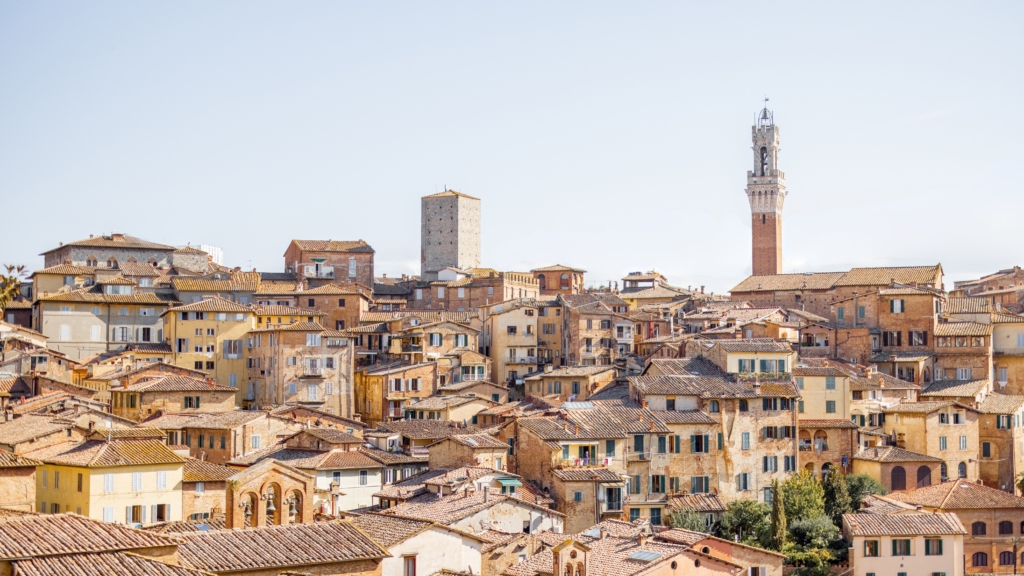
Everything began under the Roman Empire. Some say that Siena was built by Romulus’ nephews, founder of Roma himself. Romus, his brother had two children, Senius and Achius. These two escaped Roma while beign pursued by its founder and uncle, Romulus. The two brothers were followed by two horses, a white and a black one given by Diana and Apollo. Their bodies exhausted, they finally stopped at Tessa’s hill, erected a village and named the place after the eldest, Saena Julia. Black and white became the colors of the town.
As the years went by, the city was not spared from the Great Black Death. This incurable bubonic plague, caused by the bacterium yersinia pestis, affected the entire Mediterranean basin, reaching as far as Reykjavik, Moscow and Persepolis. The plague of 1348 had a direct impact on Tuscany, as Florence, like Paris, Bruges and Lübeck, was considered a victim city. The route between the two medieval cities of Florence and Siena was one of the busiest in the Middle Ages. So it’s hardly surprising that our city has been hit hard by this disease. Milan was relatively untouched by the plague… amazing!
In medieval times, Italy was better known as the Papal States. A branch of Europe divided into a multitude of small, more or less powerful Duchies, obeying the interests of small local lords. The Duchies fought among themselves to obtain small colonies that would serve as advanced bases for trade, defense and the promotion of the crown’s interests. The Catalans got Alghero in Sardinia, the Florentines inherited Elba and the Sienese the big rock of Giglio Porto. Remus’ two sons could boast of having bequeathed a beautiful country! Siena was a hotbed of debate between the Guelphs and the Ghibellines, the former pro-Catholic and the latter pro-State, leaving God aside and focusing on Dutch-style trade. We can compare them to the Legitimists and Royalists of the Capétienne d’Orléans house at the time of the French Revolutions of ’89 and ’93. In Tuscany, when debates got too heated, everyone returned to their fiefdoms and declared war on each other.
During the XIIth century, borders between Florence and Siena met in the South, bringing its share of disputes over maritime claims. So it was that in 1260, the Battle of Montaperti broke out to decide who would have hegemony in Tuscany. The Republic of Siena won! Nine years later, in June 1269, shortly before the outbreak of the plague, the two factions put on a bloody show: the Battle of the Pass. The Florentine troops were led by the last son of King Louis XVIII of France, Charles I d’Anjou. Despite being grossly outnumbered, the 1,100 Florentines succeeded in defeating the 9,500 Sienese. The Col du Val was a bitter failure, a humiliation even! The two homelands also clashed over architecture and the fine arts.
Every year, on July 2 and August 16, a horse race was organized in the streets of Siena, starting from the Piazza del Campo. This cultural event was known as the “Palio of Siena”. A palio was a horse race through the Palazzo Pubblico, the Torre del Mangia, whose origins date back to medieval times. The first race corresponded to the date of the visitation of the Madonna di Provenzano, and the second was dedicated to the Virgin Mary. Let’s keep up the cultural momentum and talk about Simone Martini. A pupil of Filipuccio, this painter was inspired by Italian sculpture and French Gothic art. One of his major masterpieces is the 14th-century fresco of Maestà. It was the Mannerist movement that took over in the 16th century. This movement contributed to the Italian Renaissance, with Salimbeni, Vanni and Manetti at the helm. It was in the 17th century, and more precisely in 1691, that Siena saw the birth of the Academy of Sciences. According to its founder, Gabrielli, dean of medicine and botanical sciences, its primary aim was to analyze the physical world through revolutionary new methods of hypothesis. It is the fourth-best academy in Europe, after Rome, Paris and Bologna. The academy housed precious geological, mineralogical and botanical samples. In particular, you will have the chance to see a piece of meteorite that struck near Siena.

How can you talk about Siena without talking about wine?
Tuscany is one of the most prolific regions for grapes and vineyards. The most iconic being, of course, Chianti! The wine route winds through thousands of hectares of Chianti Classico DOCG grape varieties. Chianti wines have often been imitated, but never equaled.
It was the Grand Duke of Siena who, in 1716, issued an edict officially recognizing the geographical limits in order to curb counterfeiting. Despite this text, counterfeits continued to proliferate, so much so that in 1924 resistance took hold. A group of winegrowers got together to promote their wines and defend their know-how. They engraved a black rooster, the symbol of Siena, to help them recognize the real from the fake. This emblem has its origins in the historic rivalry between the cities of Siena and Florence. After many years of war and instability, the two cities of Siena and Florence fixed the border in a surprising way. Indeed, it was decided that the new border would be defined by the meeting point of the two horsemen. When the rooster crows, one rider gallops off to the rival city. The Sienese chose a big white rooster, while the Florentines took a black rooster they were starving. On the day of the race, the beast awoke very early and crowed loudly, crying out for food. The Florentine knight set off, while his Sienese counterpart woke up as usual at daybreak. The two knights met at Fonterutoli, just ten kilometers from Siena. This is how most of the Chianti valley came under Florence’s jurisdiction. The rooster is the historic emblem of Chianti, but no one knows what happened to the heroic rooster who did so much for the Florentine homeland.
Our luxury villas for rent in the Siena region bear witness to Siena’s evolution through the Baroque and modern eras. Idyllic for a relaxing family vacation, this charming residence will enable you to enjoy the Siena region to the full. At the crossroads between Pisa, Lucca and Florence, our properties steeped in history will help you rediscover the different Italian styles. From grand estates to rough-hewn wooden houses, your tastes will marvel. Our traditionally styled homes offer breathtaking views over the valley below. In a Mediterranean climate, get up and have breakfast on your terrace. Only birdsong breaks the calm of the Tuscan countryside.



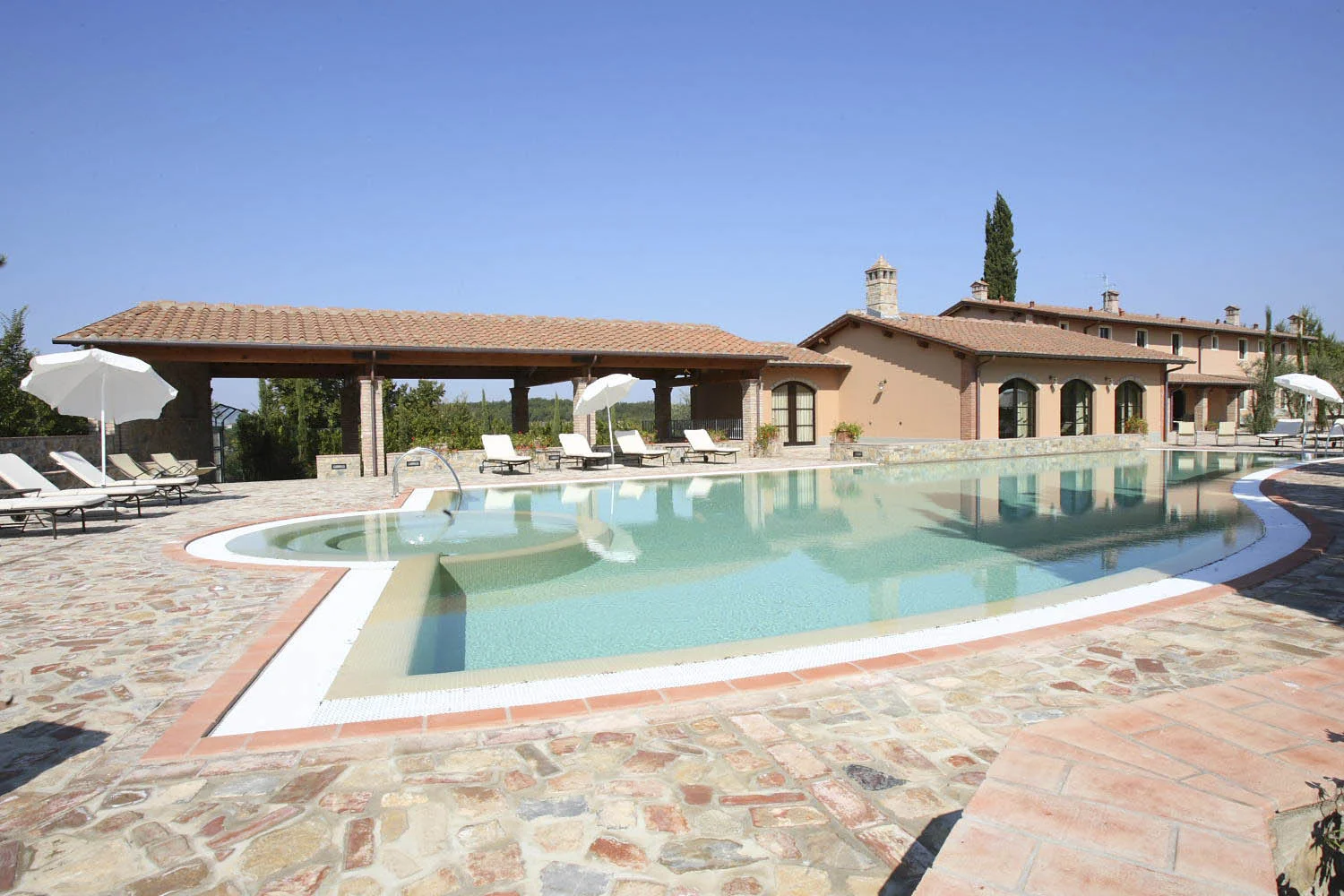
Best properties for rent
Experiences to live around the properties
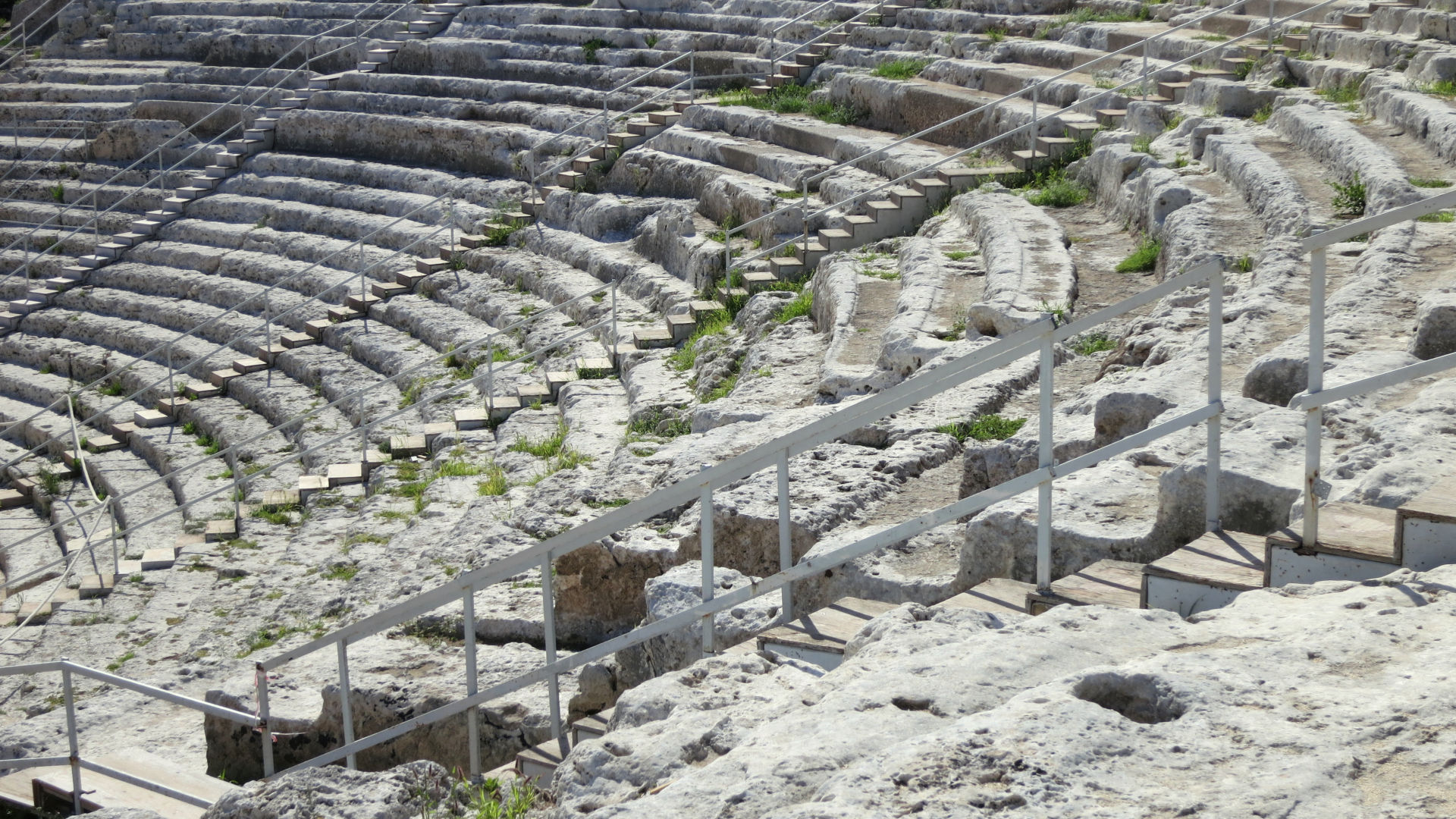
The ruins of Syracuse’s Greek Theatre
The Greek Theatre of Syracuse is located on Temenite Hill, in the Neapolis archaeological park. Carved right into the rock, it’s one of the largest in the Greek world! Just outside the modern city of Syracuse, it’s a must-see during your stay in this part of Sicily. Syracuse’s Greek Theatre ruins Listed as a UNESCO […]
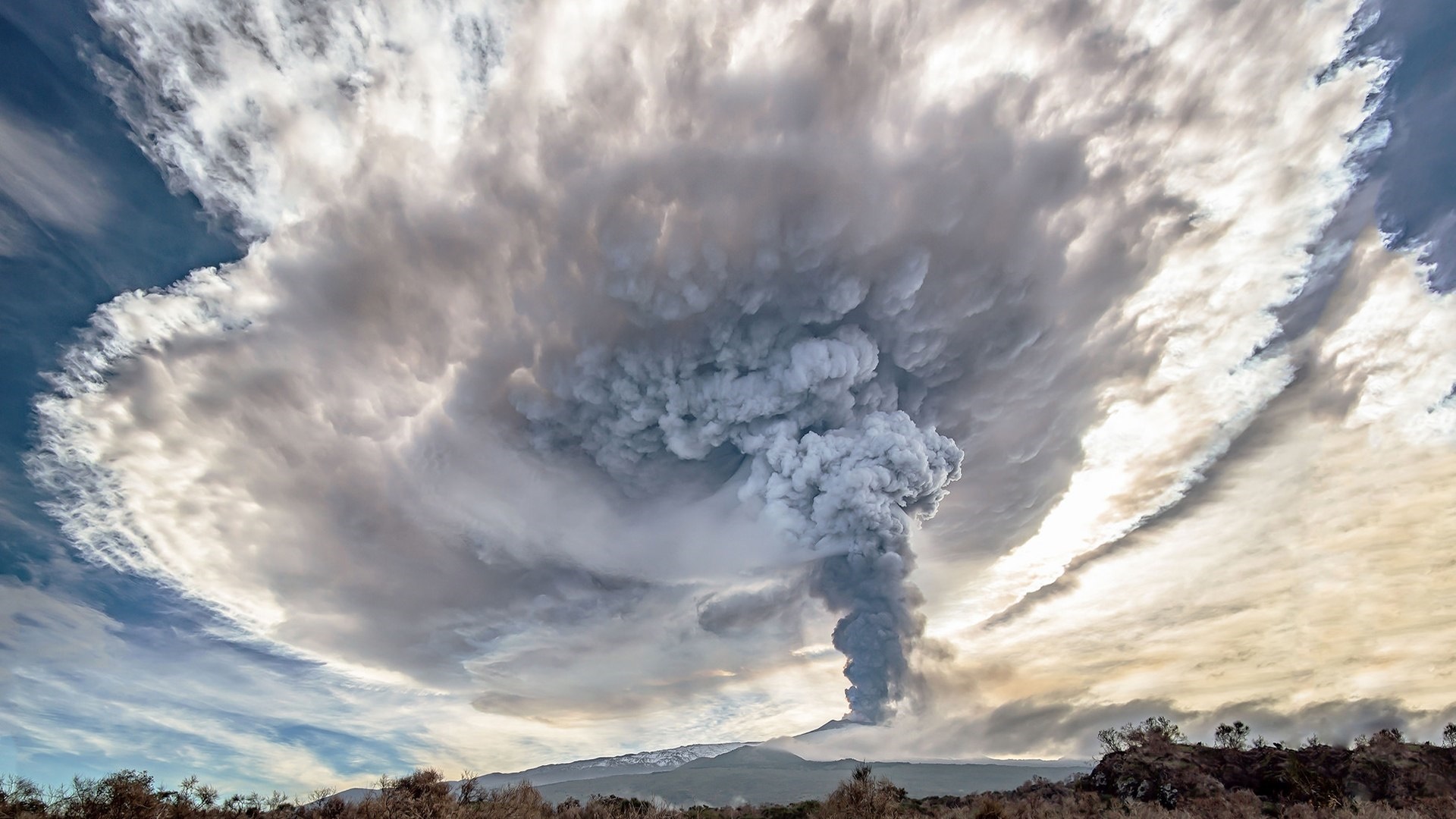
Sicily’s volcanoes, as sumptuous as they are dangerous.
Once upon a time, in northern Sicily, there were two rocks so great and majestic that even the gods feared them. Here you are transported to a place where the forces of nature rule, leaving no respite for the people who live under the protection of these volcanoes. Taormina is the perfect place for a […]
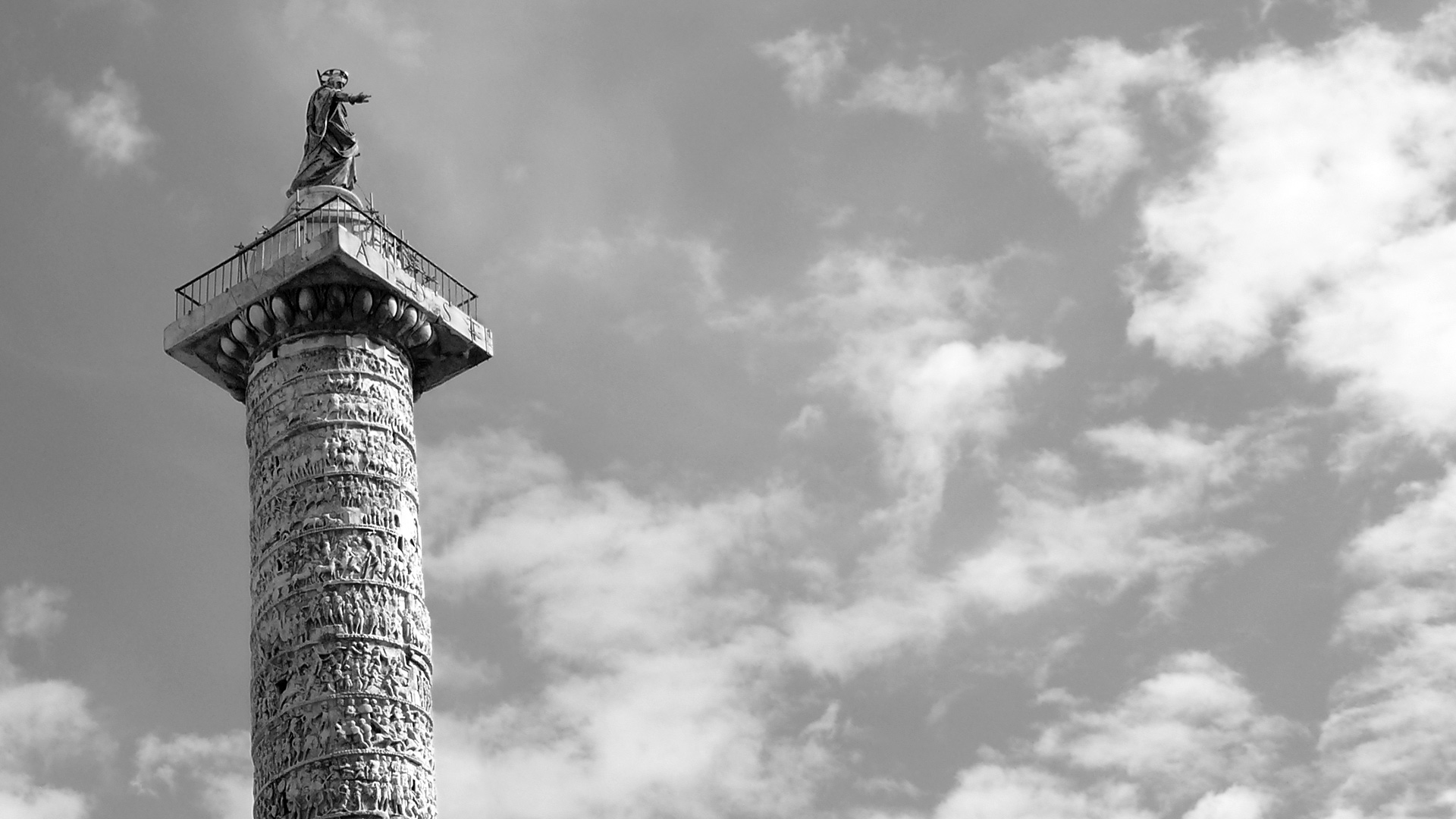
A history lesson on the Italian Colonial Empire
Italy‘s history goes back thousands of years. From the Etruscans in Tuscany to the overpowering Papal States and the Romans, this country has a thousand and one gems to share. Today, we’re going to take a look at a part of its history that has often been neglected by books. Let’s travel together to the […]
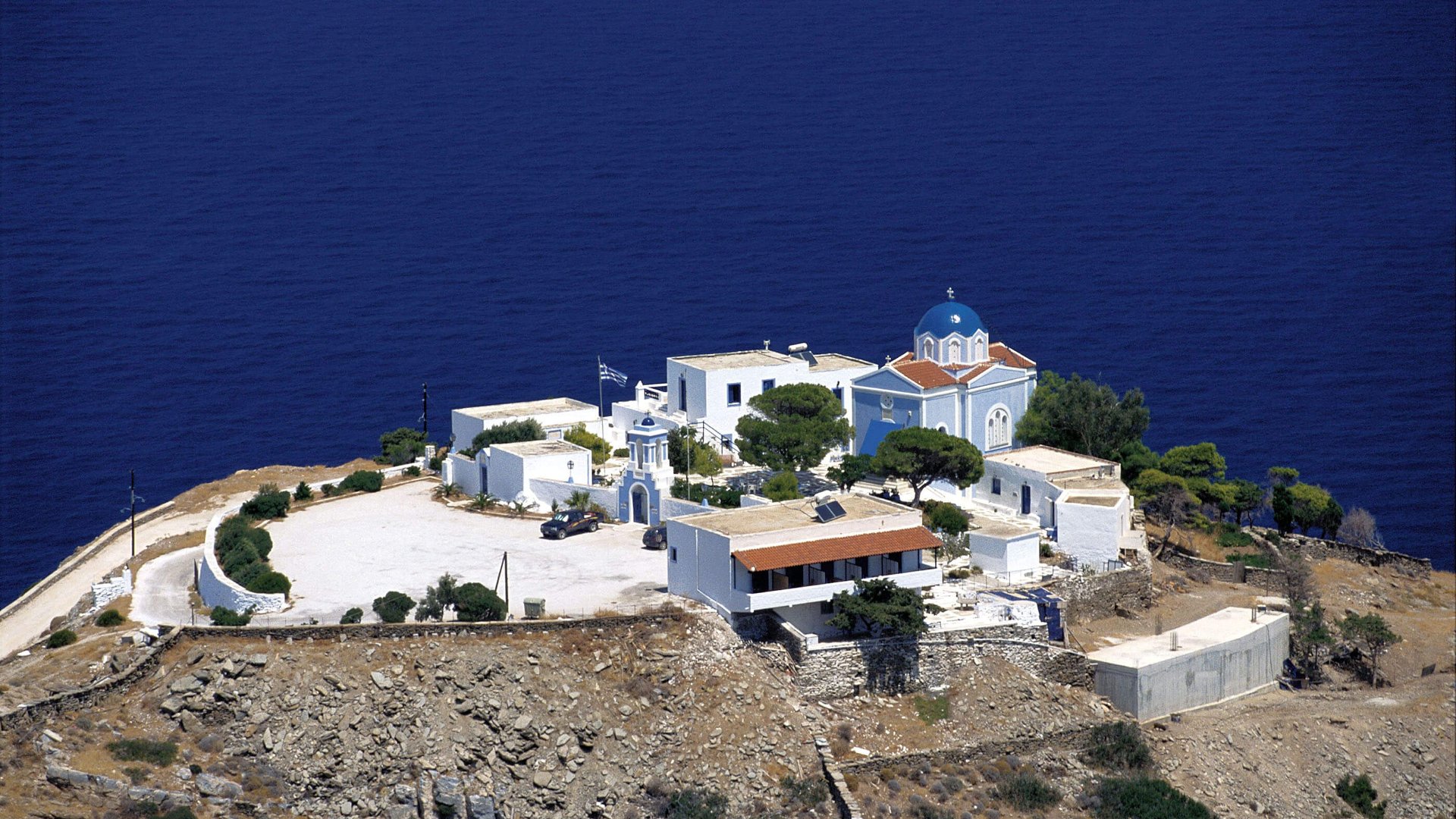
Panagia Kastriani Monastery in Kea
Kea is one of the best places to visit in Greece. It’s the perfect place for a romantic getaway, a vacation with family or friends. Also known as Tzia, it is currently less well known to visitors than the other Aegean islands. Looking for a real change of scenery away from the crowds? Kéa is […]
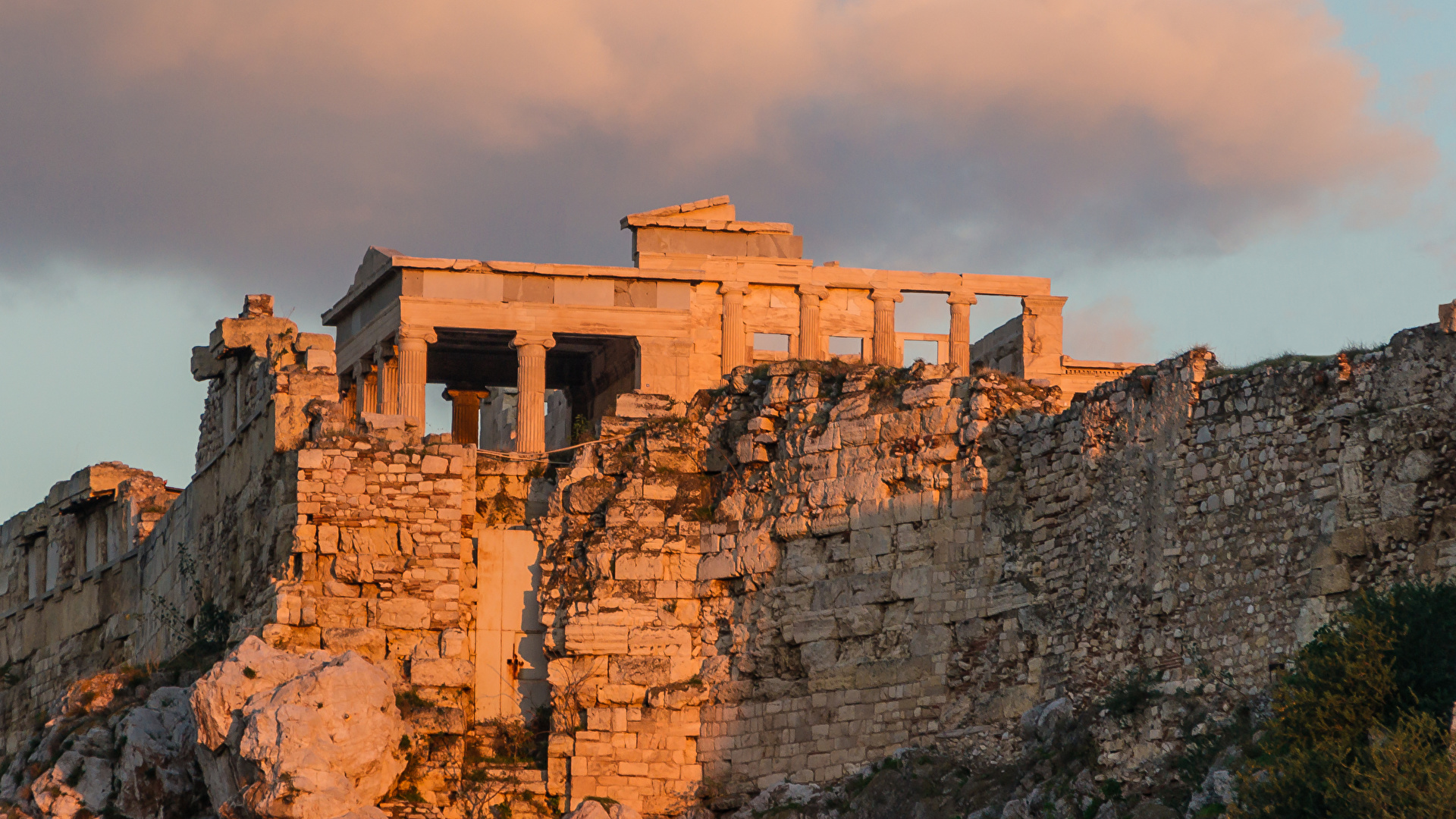
Discover Greek art with Bellavista
Greek art has exerted a considerable influence on many countries throughout history. From ancient times to the present day, the fields of sculpture and architecture have been led by the Hellenes. From Asia Minor to the Iberian Peninsula, discover the jewels of ancient Greece. Historians place the beginning of ancient Greek art in the 4th […]
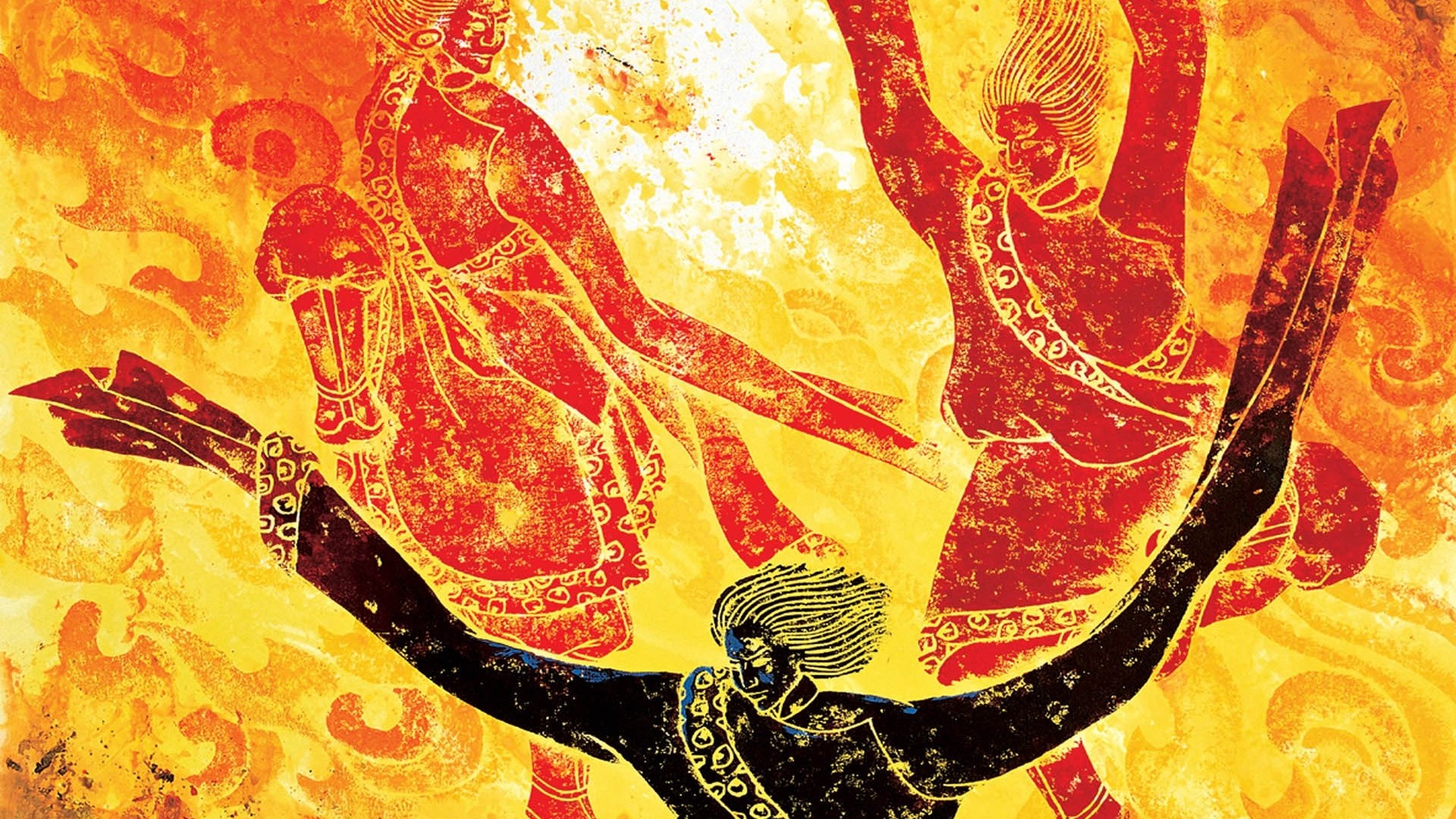
An introduction to Greek mythology.
Welcome to Greece, home of gastronomy, sun, turquoise waters and, of course, mythology. While sitting on the terrace of your luxury villa for rent, read a few lines about the Greek deities who founded this world… It was the gods who shaped the breathtaking landscapes of the Cyclades. It all begins when chaos reigns. Suddenly, […]








